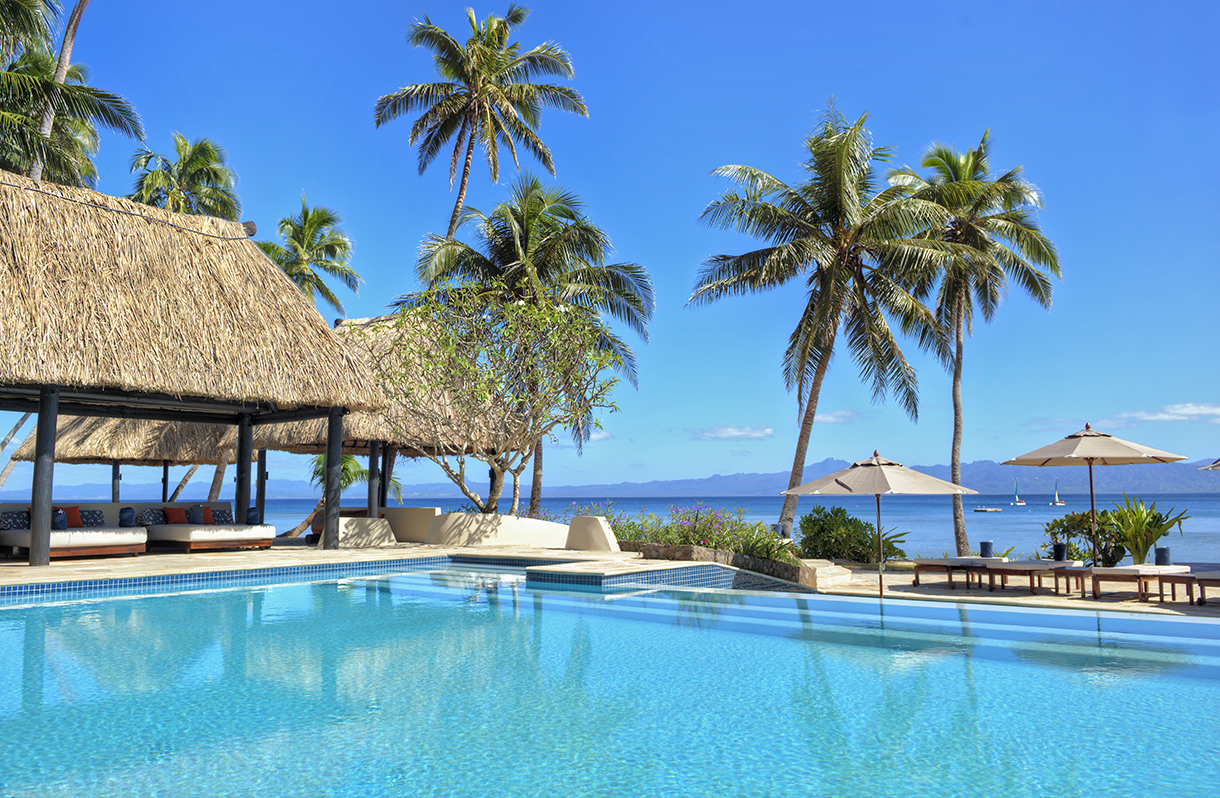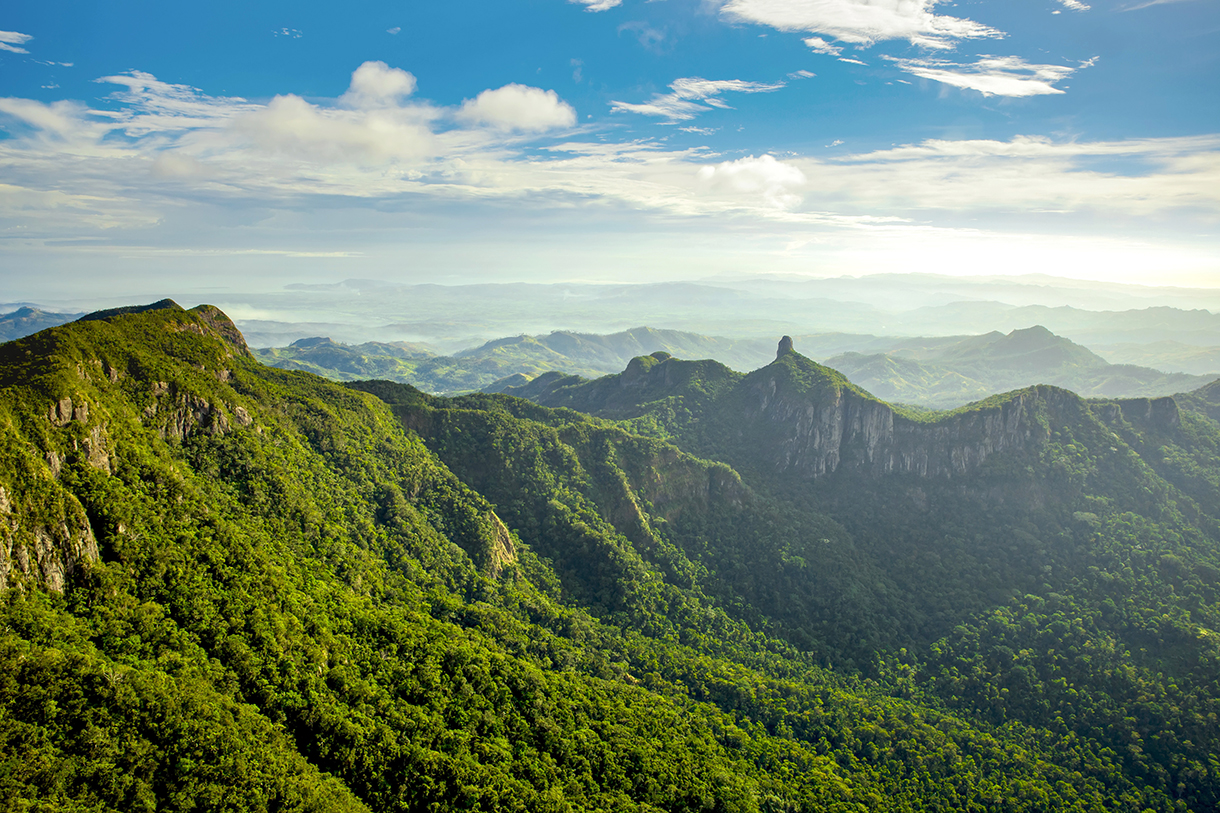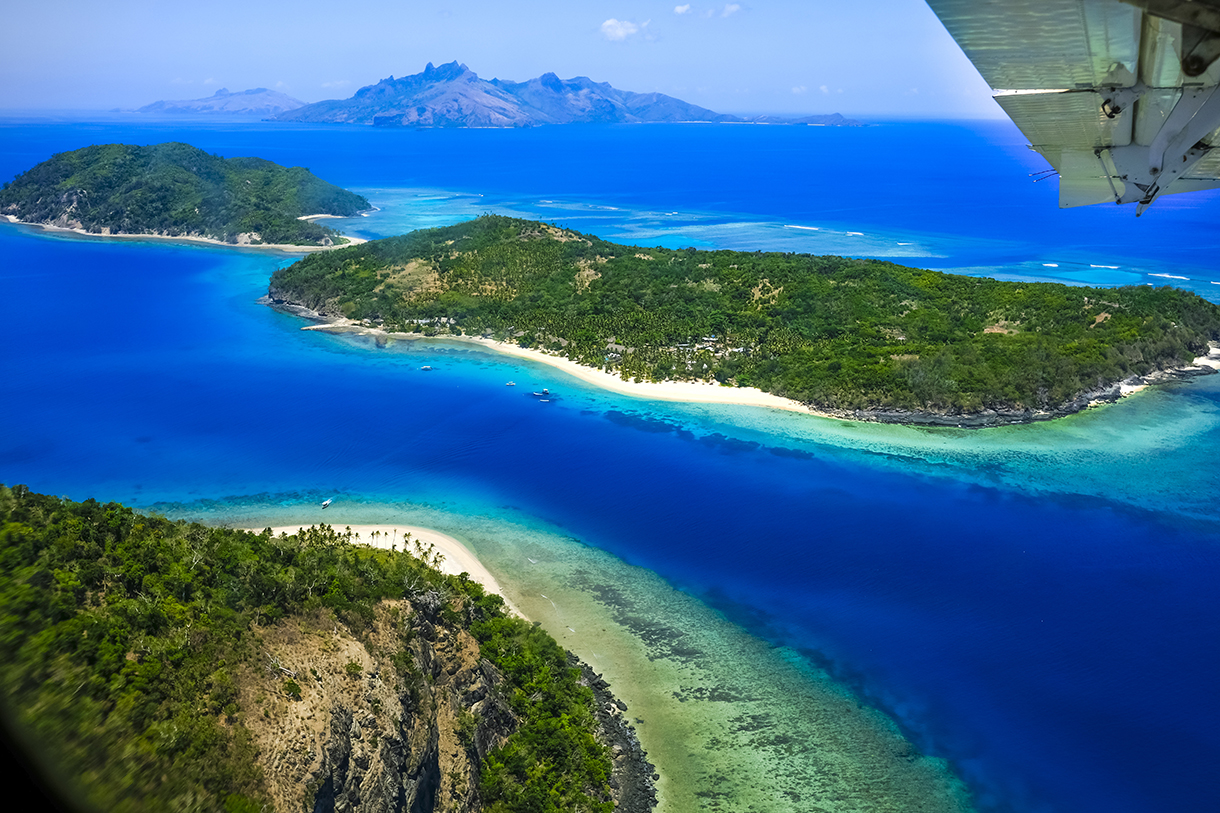
Undiscovered Fiji
World-class dive sites, fishing spots, tropical beaches, and snorkeling reefs sit empty awaiting visitors enticed by their pure privacy.
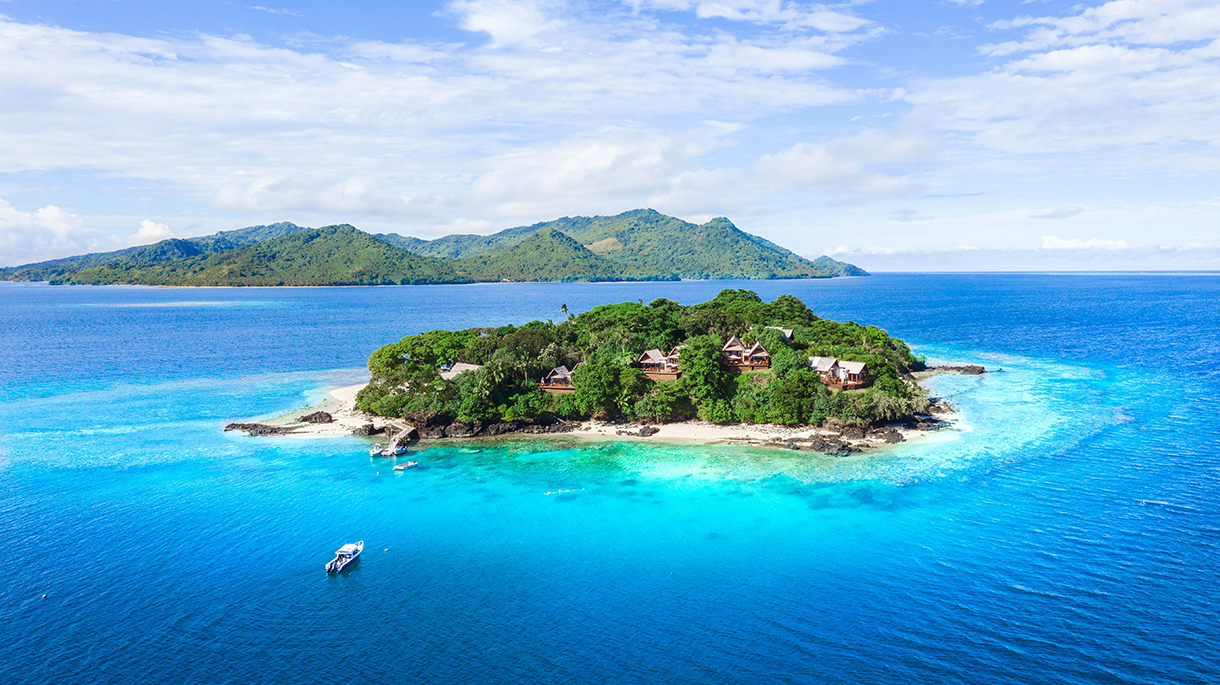
Imagine the ocean on fire, its surface a rolling boil, while hundreds—maybe thousands—of seabirds divebomb the waves to see what all the fuss is about. The fuss is skipjack, the world’s most plentiful large tuna species, which travel in huge schools of up to 50,000 fish, swimming at speeds as high as 75 mph. Skipjack feed near the surface, constantly splashing in and out, and the enormity of the school is what made the water seem to boil. Just one day earlier, in this very same spot, a guest of the Royal Davui Private Island Resort hooked a 135-pound yellowfin tuna, and it was not only prepared by the chef for his dinner, but also fueled celebratory cocktail hour sashimi platters for all the guests of the resort’s 16 villas.


It is the kind of spot an avid angler would travel halfway around the world to find, yet as the skipjack tore by, just as the day before, only a single boat from Royal Davui was there with lines in the water. In a similar watersports vein, for Scuba divers, one of the Holy Grails is diving with hammerhead sharks, an experience so unique enthusiasts travel to well-known hotspots such as the Galapagos or Cocos Island, hundreds of miles off the coast of Costa Rica, just for an attempt at this. But the most reliable place on earth to be virtually guaranteed of hammerheads on every single dive, every day, is a virtually unknown South Pacific pearl farm, accessible only to guests of two very small luxury resorts by special arrangement with the owner—guests who have it all to themselves. On nearby Matangi island sits Horseshoe Bay and its hidden beach, so pristine and stunning it made the original edition of bestselling travel classic 1,000 Places to See Before You Die. Ringed by cliffs and accessible only by boat, Horseshoe Bay is the sole province of guests occupying one of 12 bures—luxury villas done in the style of traditional local huts—comprising the 240-acre Matangi Private Island Resort.
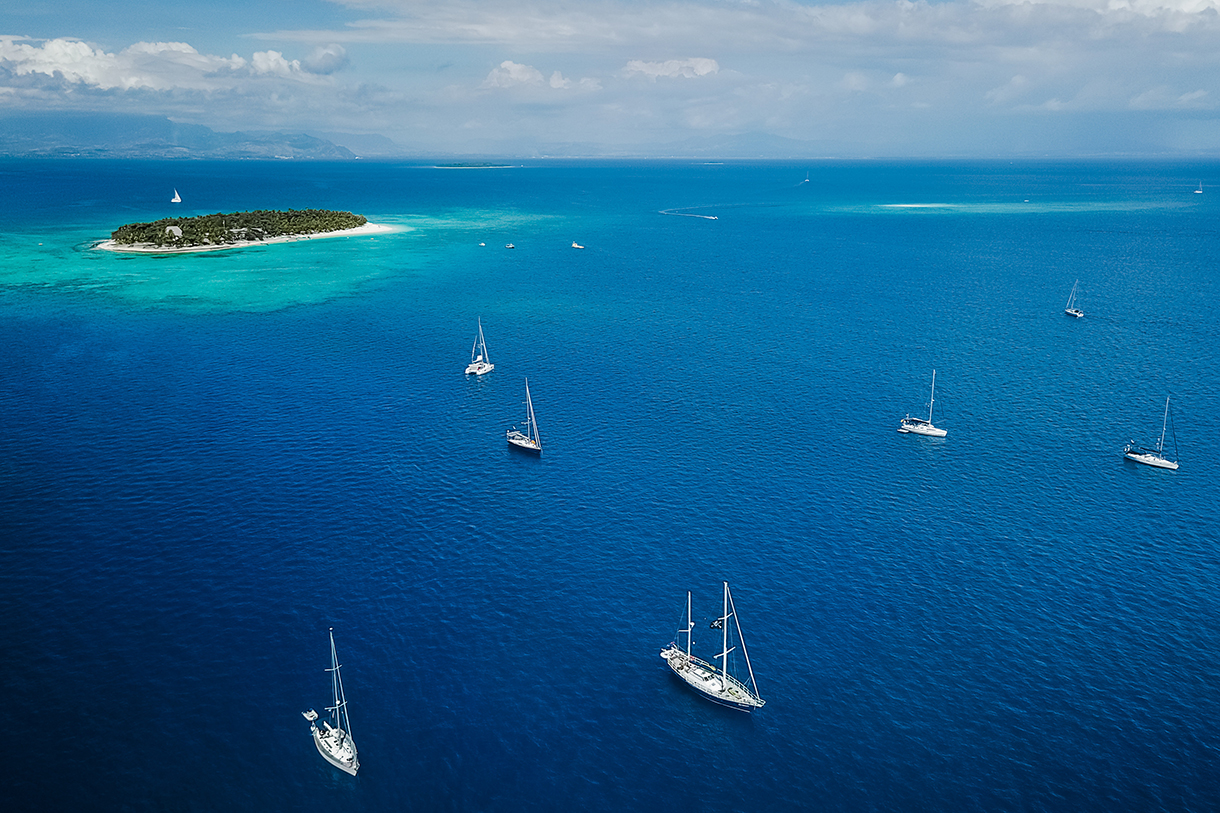
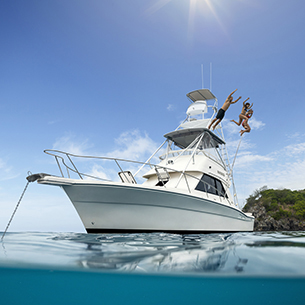
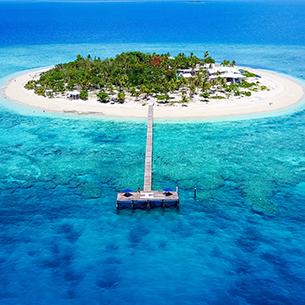
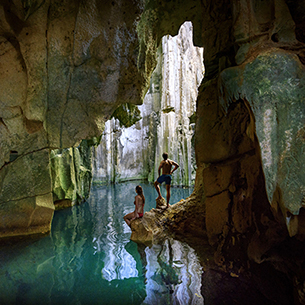
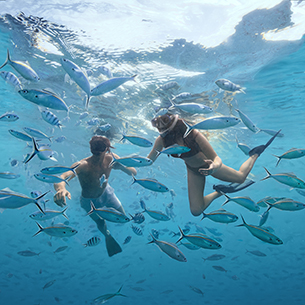
Welcome to the undiscovered side of Fiji (https://www.fiji.travel). Everyone who flies to Fiji arrives at Nadi Airport on Viti Levu, and many never make it off the “big island,” where enclaves of resorts sit shoulder to shoulder in bustling tourism epicenters such as the Coral Coast. Most of those who do move onwards after arrival head to the nearby Mamanuca or Yasawa islands, short ferry rides away. But adjacent to Nadi’s international terminal is the domestic wing, where small planes can whisk you to the northern islands of Taveuni or Vanua Levu in just one incredibly scenic hour. These large islands have gateway airports, but are ringed with smaller private island resorts that see far fewer guests—and pick them up with their own fleets of boats. It is much easier to get to Fiji than most people think, a 10-hour non-stop on Fiji Airways (https://www.fijiairways.com/en-us/) from Los Angeles or San Francisco, complete with deluxe lounges and the option for lay flat seats, and once there, it is also very easy to get off the beaten path.
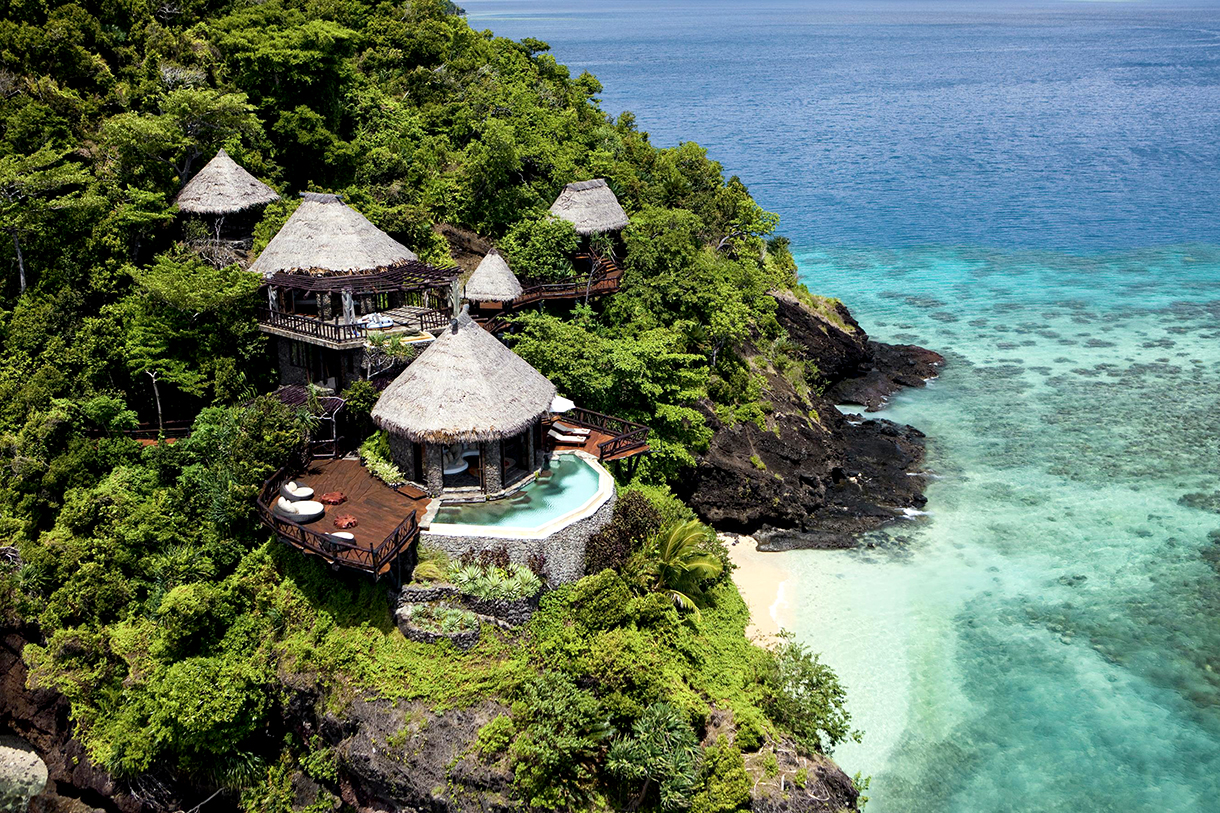
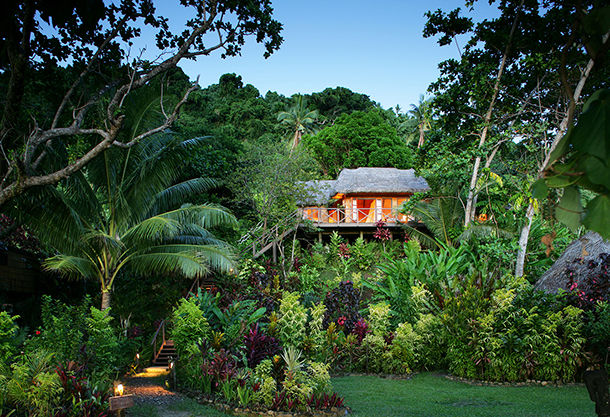
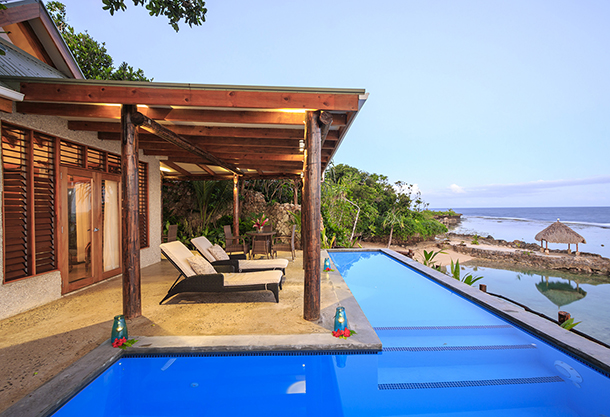
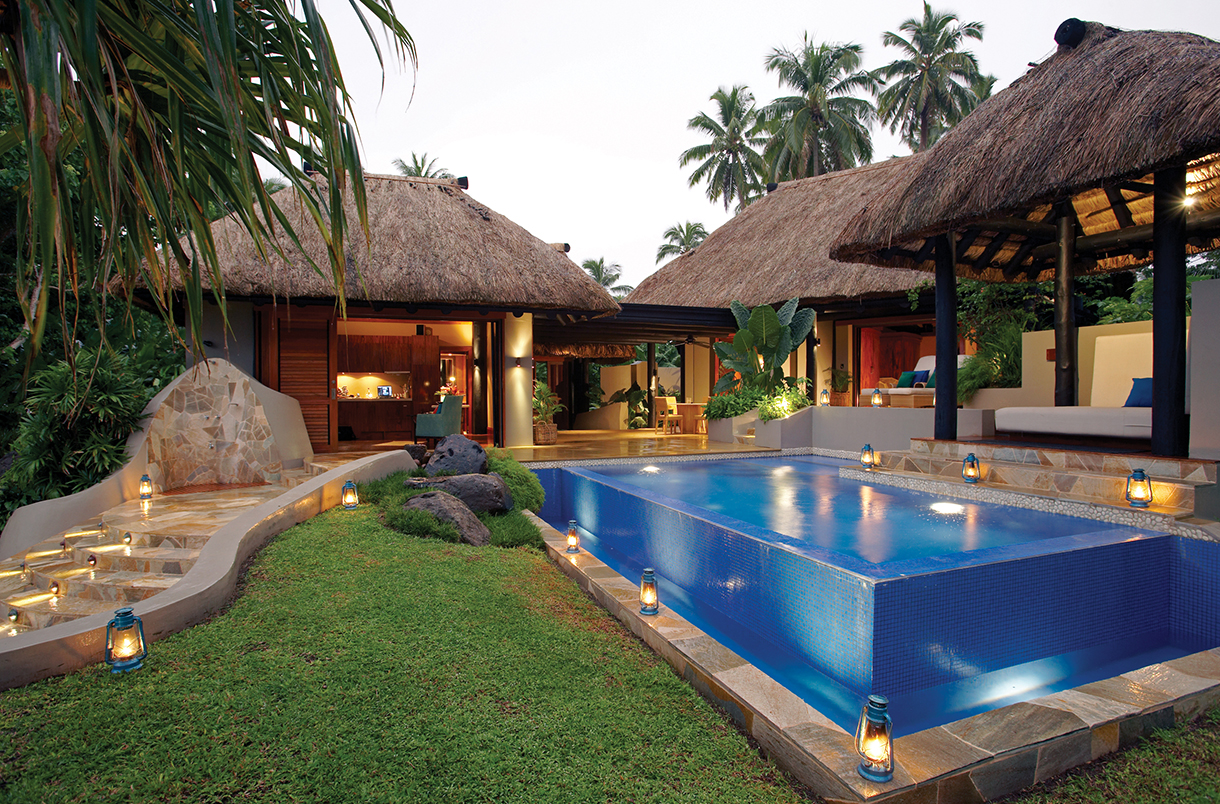
Laucala, better known as “Red Bull Island,” after the company that made its owner his billions, recently hired Singapore-based Como Resorts to manage it. A favorite of athletes and celebrities from Gorge Clooney to Oprah Winfrey to Bill Gates, Laucala is the region’s most famous resort, and one of the most over-the-top on earth. It has 3000-acres, five restaurants, its own modern international airstrip, and an acclaimed 18-hole golf course for just 25 residences—up to 8,000 square feet—serviced by a staff so large the owner had to buy a second adjacent island just to house them. It’s the highest profile of the area’s private island resorts, but there are many others, all intimate, from the 12-unit Matangi with its one-of-a-kind honeymooner “treehouse bures” to the 12-villa Savasi Island. Qamea Resort & Spa (reopening 2023) has 17 bures set in lush rainforest, while famed dive fantasy destination Jean-Michel Cousteau Resort has 25 bures on an island in Savusavu Bay. Nukubati has just 5 bures and is often rented as a single party takeover, especially by divers as it sits on the Great Sea Reef, the third largest barrier reef on earth. But every one of these islands enjoys prime access to famed dive sites where guests are unlikely to run into anybody else, and the wildly colorful undersea area around Taveuni is known as the “soft coral capital of the world.”
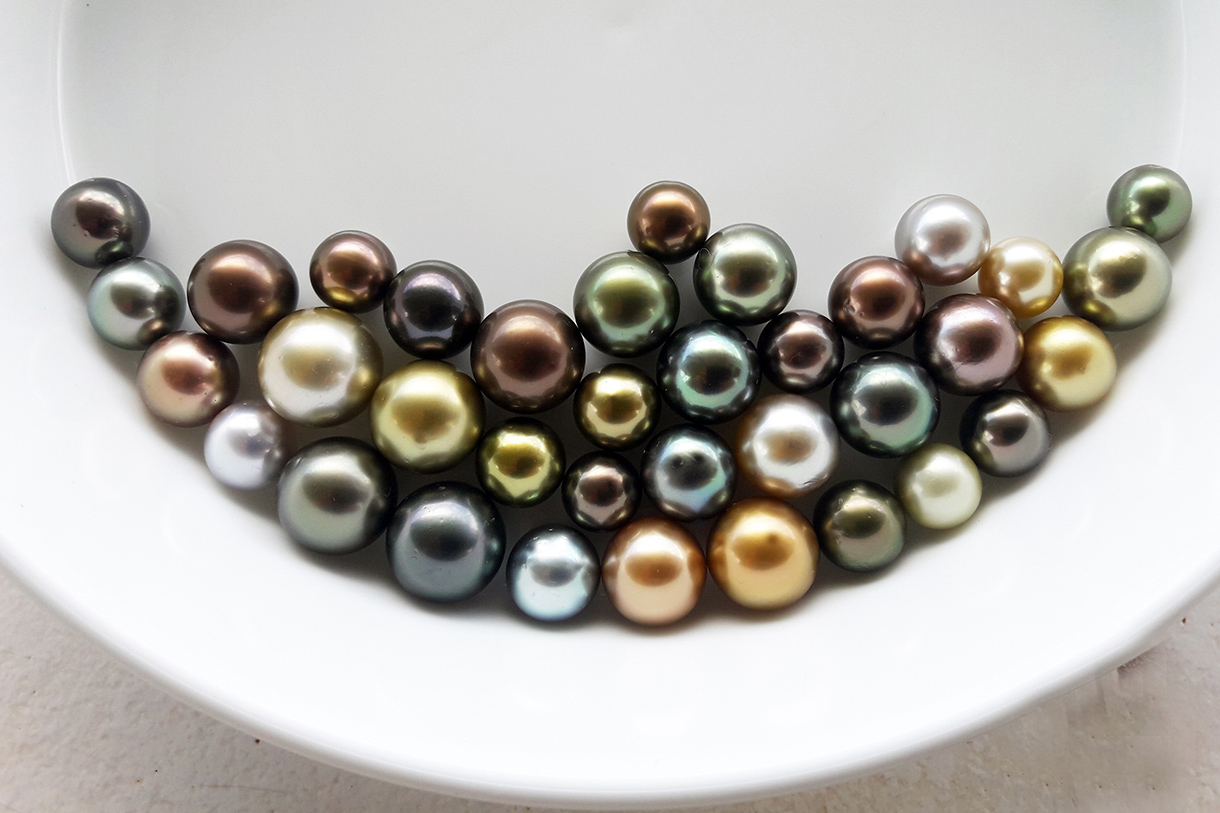
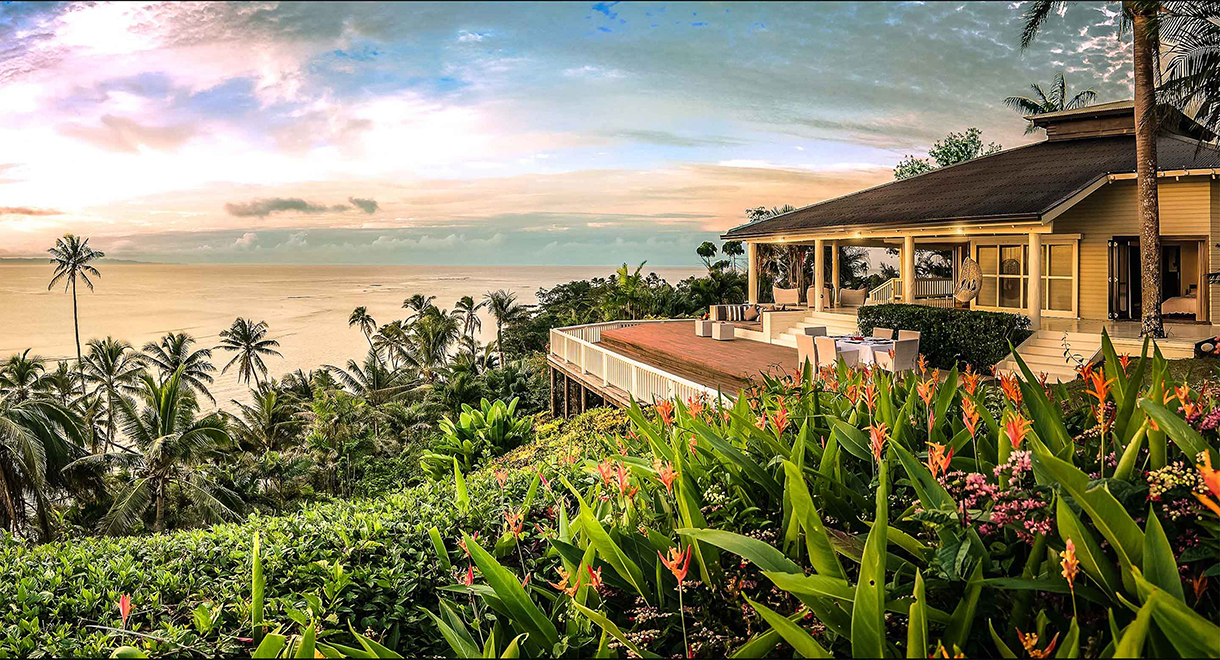

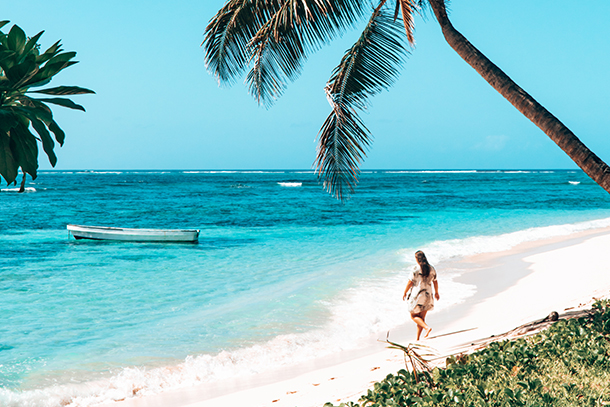
While the fishing, snorkeling, and diving are all exceptional, and several standout kiteboarding sites ring the northern isles, not all of the attractions here are aquatic. Taveuni is home to several notable “must see” sites, one of the reasons many visitors also stay here, even if they are visiting one of the many private island resorts. The top option on the large island is Raiwasa, a villa compound operated like a resort, but only for one party at a time. A perfect first stop, Raiwasa is a two-minute drive from the airport, which also services boat transfers to all the private islands nearby. It has a large private beach with bure and coral reef just offshore, a clifftop infinity pool complex with dining bure overlooking the ocean, seven other dining venues, several acres of tropical landscaped gardens and fruit trees, full kitchen, and separate staff building with commercial kitchen that provides all meals. Like most top Fijian resorts, rates are all inclusive and meals, snacks, drinks or sweets are just a call away on the butler hotline. But unlike many adult-only private island resorts including Royal Davui and Matangi, Raiwasa is extremely family friendly, down to the long list of room service ice cream sundaes. The property includes snorkeling, kayaking, stand-up paddle boarding, and spa treatments, and the most popular day outings for guests are hiking to the three waterfalls in the Bouma National Heritage Park, visiting the Waitavala Natural Waterslide, and the longest trek of all, the Lavena Coastal Walk. Taveuni is one of just three places on earth where the International Date Line crosses land, and the only one you can practically visit. These “mainland” attractions also draw day trippers from the private island resorts around Taveun.
